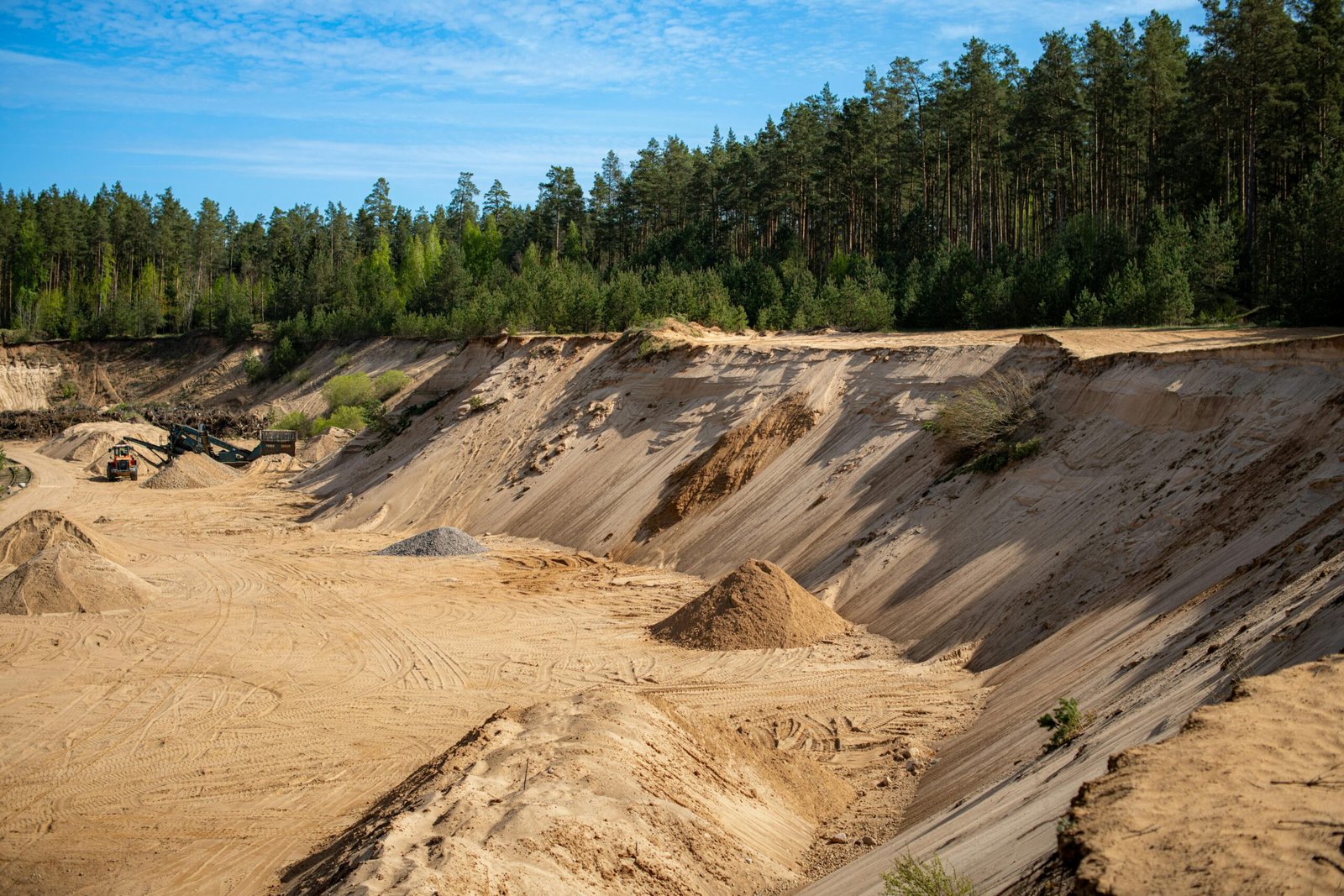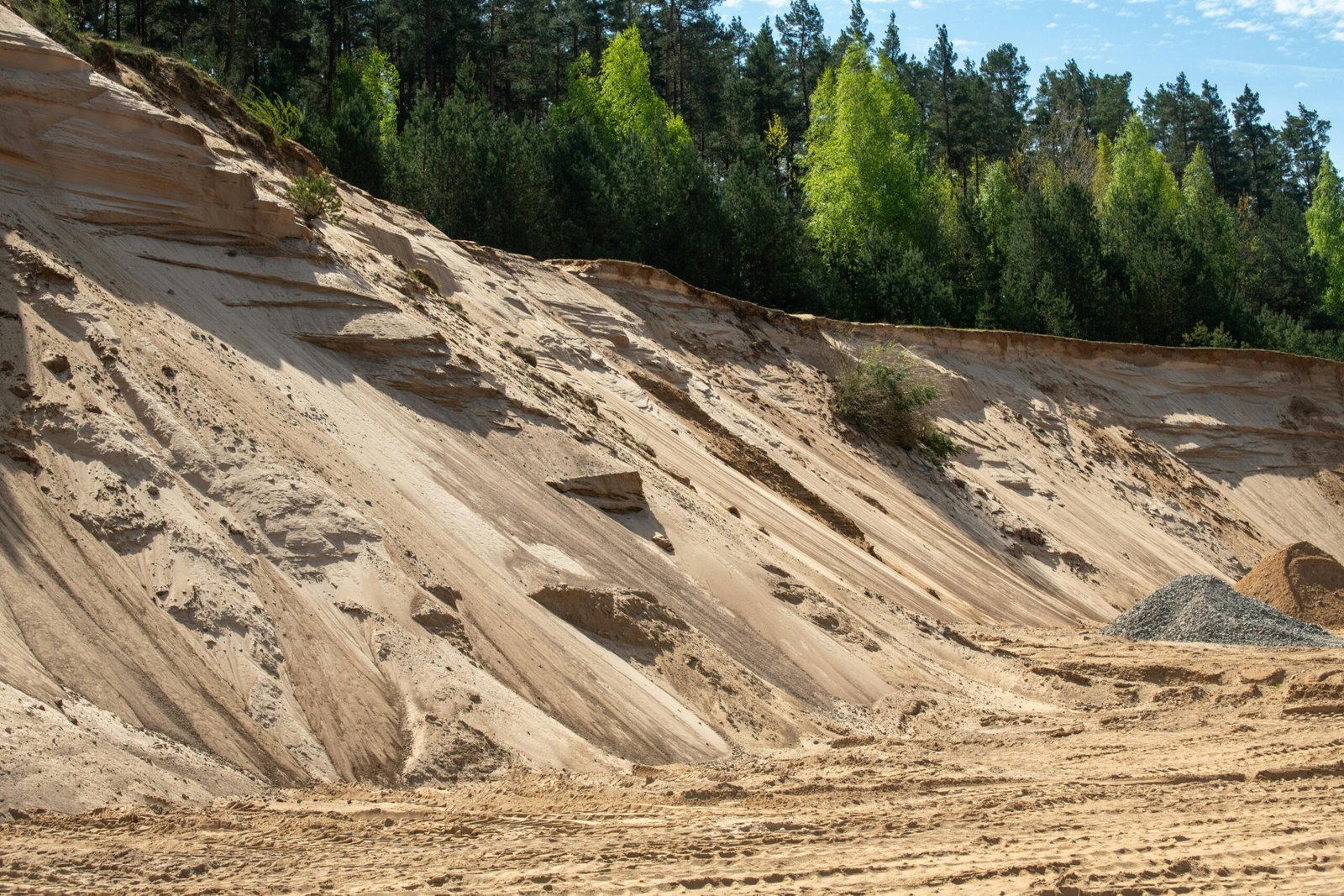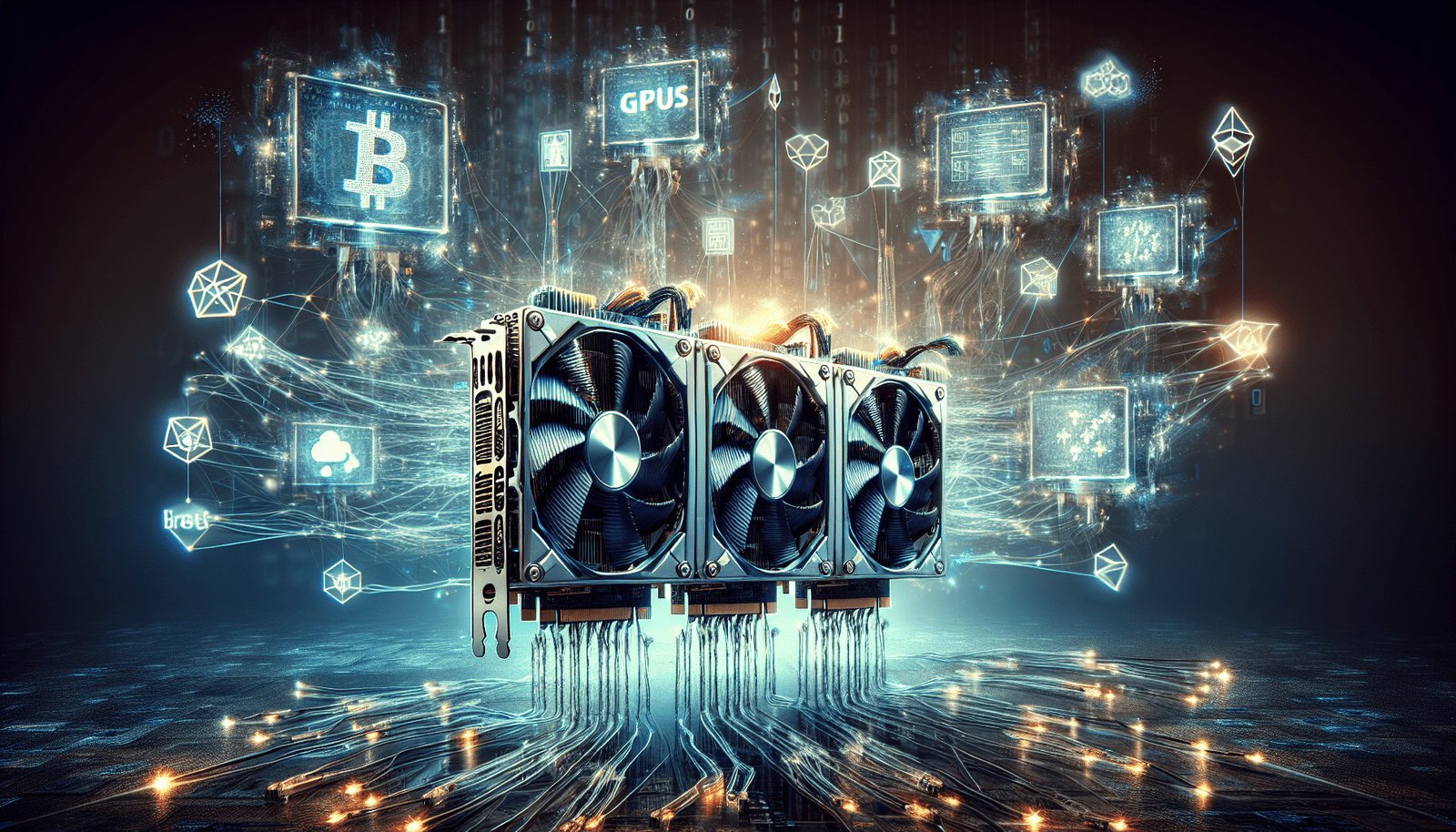Have you ever wondered what it takes to get started with crypto mining? With the rising popularity of cryptocurrencies, many people are venturing into mining without quite knowing where to start. As you embark on this exciting journey, it’s crucial to equip yourself with the right information to ensure your venture into crypto mining is as smooth as possible.

Understanding Crypto Mining
Crypto mining is more than a buzzword in the digital era. It’s a process that involves verifying and adding transactions to the blockchain digital ledger. But why is this important? You might think of it as digital bookkeeping, where transactions are validated and recorded. In return, miners – those who partake in the mining process – are rewarded with new cryptocurrency coins. This validation process is critical as it ensures the integrity and security of the blockchain network.
The Role of Blockchain in Cryptocurrency
Before delving deeper into mining, it’s essential to understand the blockchain, the backbone of all cryptocurrencies. A blockchain is a decentralized digital ledger that records transactions across many computers, ensuring that the record cannot be altered without the consensus of the network. This decentralization is what makes cryptocurrencies secure and reliable. Imagine a public ledger where everyone can see and verify transactions, hence offering transparency.
Types of Cryptocurrencies for Mining
When you think of crypto mining, Bitcoin probably springs to mind. However, there are countless other cryptocurrencies you can mine. These include Ethereum, Litecoin, and Monero, each with its own unique set of features and mining requirements. Each cryptocurrency operates on a different algorithm and this impacts how you will approach mining them. For instance, Bitcoin operates on the SHA-256 algorithm, while Ethereum uses Ethash. Understanding these differences will guide you in choosing the right hardware for your mining operations.
Setting Up Your Mining Operation
Once you have a good grasp of what crypto mining entails, it’s time to set up your mining operation. The process may seem daunting at first, but with the right steps, you will find it straightforward. Let’s break down the key components needed to initiate your mining setup.
Choosing the Right Mining Hardware
The selection of the right hardware is pivotal in the mining process. The hardware not only determines the efficiency of your mining operations but also affects the profitability. There are two primary types of mining hardware:
CPUs (Central Processing Units): Initially, cryptocurrencies like Bitcoin were mined using CPUs. However, as more people began to mine, the difficulty increased, making CPUs less effective.
GPUs (Graphics Processing Units): GPUs marked a significant improvement over CPUs in terms of processing power, allowing miners to solve the complex problems associated with mining faster.
ASICs (Application-Specific Integrated Circuits): ASICs are designed specifically for mining and offer the best performance and efficiency. Each ASIC is tailored for a specific cryptocurrency, and while they provide the highest returns, they also come with a higher initial cost.
| Hardware Type | Efficiency | Cost | Purpose |
|---|---|---|---|
| CPU | Low | Low | Entry-level mining or learning |
| GPU | Moderate | Moderate | Mid-level mining, versatile usage |
| ASIC | High | High | Professional mining, optimized for specific coins |
Power Supply and Cooling Systems
Mining hardware consumes significant amounts of electricity, making a reliable power supply indispensable. Depending on your chosen hardware, the power needs can vary widely. Therefore, calculate the power consumption and select a power supply that can efficiently support your entire mining setup.
Furthermore, mining generates a lot of heat, so having an efficient cooling system is vital. Consider investing in fans or even setting up your rig in a well-ventilated area to maintain optimal temperatures. Overheating hardware can lead to inefficiency and even damage, so cooling is not an area to skimp on.
Mining Software and Wallets
After settling on hardware, the next step is selecting the right mining software. This software interfaces with the network to solve cryptographic problems and accumulate rewards. Popular mining software includes CGMiner, BFGMiner, and EasyMiner. Each comes with different features, so choose one that fits your level of knowledge and the cryptocurrency you want to mine.
Equally important is setting up a cryptocurrency wallet to store your earnings. Wallets come in various forms such as hardware wallets, software wallets, and even paper wallets. Hardware and paper wallets are particularly secure for long-term storage, while software wallets are convenient for everyday transactions.

Understanding Mining Pools
Mining solo can be likened to trying to win the lottery. It’s possible, but the odds are stacked against you due to the increased difficulty in mining and extensive resources required. This is where mining pools offer a viable alternative. By joining a pool, you combine your resources with other miners, increasing the likelihood of successfully mining a block.
How Mining Pools Work
In a mining pool, you and other miners share computational resources toward solving blocks. When a block is successfully mined, the reward is distributed among pool members based on their contributed processing power. This strategy provides consistent and more predictable earnings compared to solo mining.
Selecting a Mining Pool
When choosing a mining pool, consider factors such as the pool’s size, fee structure, payout frequency, and overall reputation. Larger pools offer more regular payouts, but the rewards are divided among more participants. Smaller pools, while less frequent in payouts, might offer larger shares of rewards when blocks are mined. Also, be mindful of pool fees, which typically range from 1% to 3% of your earnings.

Calculating Profitability
Crypto mining is not just about having the best hardware or joining the biggest pool; it’s about profitability. Several variables influence mining profitability, and failing to consider them can lead to losses.
Factors Affecting Profitability
Electricity Costs: The cost of power is a major determinant of your overall mining profits. Mining operations consume a lot of electricity, so knowing the local electricity rates is crucial.
Hardware Efficiency: More efficient hardware will use less power to perform the same amount of work, translating to better profits.
Cryptocurrency Value: The value of the cryptocurrency you are mining significantly affects profitability. Keep an eye on market trends to ensure that your mining activities are still lucrative.
Using a Profitability Calculator
Using a mining profitability calculator can help you estimate potential earnings and decide whether mining is viable for you. Input your hardware specifications, electricity costs, and the intended cryptocurrency to mine, and the calculator will provide an approximation of your daily, monthly, and yearly profits. This tool is invaluable in helping you make informed decisions.

Navigating Potential Challenges
As with any venture, crypto mining comes with its own set of challenges. Being aware of these potential hurdles will prepare you to tackle them effectively.
Dealing with Hardware and Software Issues
Mining rigs are susceptible to various hardware and software issues, some of which can disrupt your mining operations. Whether it’s faulty hardware, power outages, or software glitches, having a troubleshooting guide handy will save you time and money.
Keeping Up with Technological Advancements
The world of cryptocurrency is ever-evolving. New technology, changes in the market, and advancements in mining strategies can all impact your operations. Staying informed through crypto news platforms and forums will keep you ahead of the curve.
Legal and Environmental Considerations
Crypto mining isn’t universally accepted. In some regions, it’s heavily regulated or even banned due to its energy consumption and environmental impact. Ensure you understand the legal framework governing mining in your area and adopt energy-efficient practices to minimize your environmental footprint.

The Exciting Future of Crypto Mining
The future of crypto mining is vibrant and full of potential. As you start on this journey, remember to adapt and evolve with the advancements in technology and changes in the crypto market. The introduction of sustainable mining practices, alongside innovations in blockchain technology, promises to open up even more avenues for miners.
Adopting Ethical and Sustainable Practices
With increased awareness around energy consumption, the shift towards greener practices is inevitable. Exploring renewable energy solutions or supporting initiatives that promote eco-friendly mining will not only benefit the environment but potentially add to the longevity and acceptance of cryptocurrencies.
Embracing New Technologies
Keep an eye on emerging technologies like quantum computing, which could drastically alter mining as we know it. Embracing such advancements can place you at the forefront of a digital revolution, offering both challenges and opportunities in equal measure.
Embarking on your crypto mining journey is indeed thrilling, and being equipped with the right knowledge makes the process both rewarding and enjoyable. While the landscape may seem complex, breaking it down step by step ensures you’re well-prepared to navigate and succeed in the world of crypto mining.
